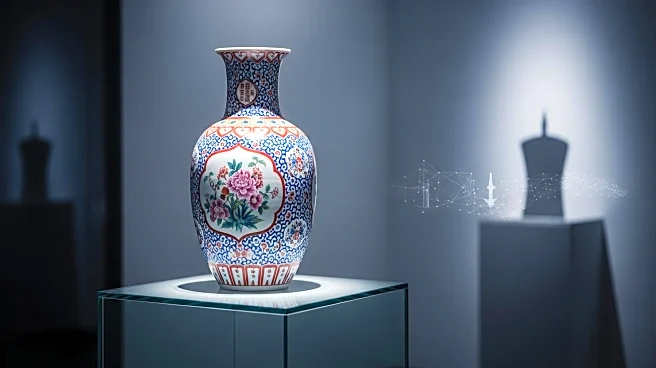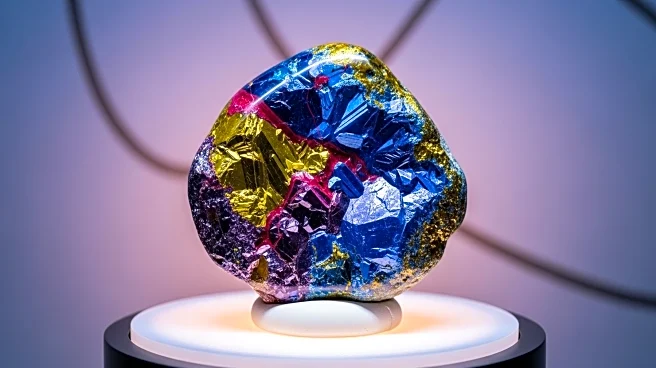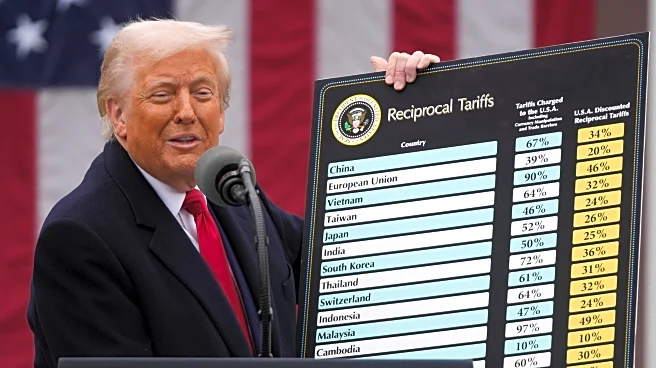What's Happening?
China is increasingly recognized for its cultural exports, transitioning from a manufacturing hub to a creator of innovative products. This shift is exemplified by the global popularity of Pop Mart's Labubu collectible dolls, which symbolize China's growing identity as a creator of cultural content. Experts note that China's exports now include electric vehicles, smartphones, and consumer drones, reflecting a broader trend of innovation. The rise of Chinese brands in global markets is marked by significant growth in brand value and international recognition.
Why It's Important?
China's emphasis on creativity and cultural exports represents a strategic pivot that could enhance its soft power globally. This development may influence international perceptions of Chinese products, fostering greater acceptance and demand. U.S. industries could face increased competition from Chinese brands, prompting a reevaluation of market strategies. The shift also highlights the potential for cultural diplomacy to play a role in international relations, as China's creative industries gain prominence.
What's Next?
China's focus on creativity is likely to continue, with potential expansions in cultural exports and international collaborations. U.S. businesses may need to adapt to the evolving competitive landscape, exploring partnerships or innovations to maintain market share. The global cultural exchange could lead to new opportunities for cross-border collaborations, influencing consumer preferences and industry standards.
Beyond the Headlines
The rise of China's cultural exports raises questions about intellectual property rights and the balance between cultural influence and economic interests. It may prompt discussions on the ethical implications of cultural appropriation and the role of creativity in shaping national identities. The trend could also impact global cultural dynamics, as countries navigate the complexities of cultural exchange and influence.











